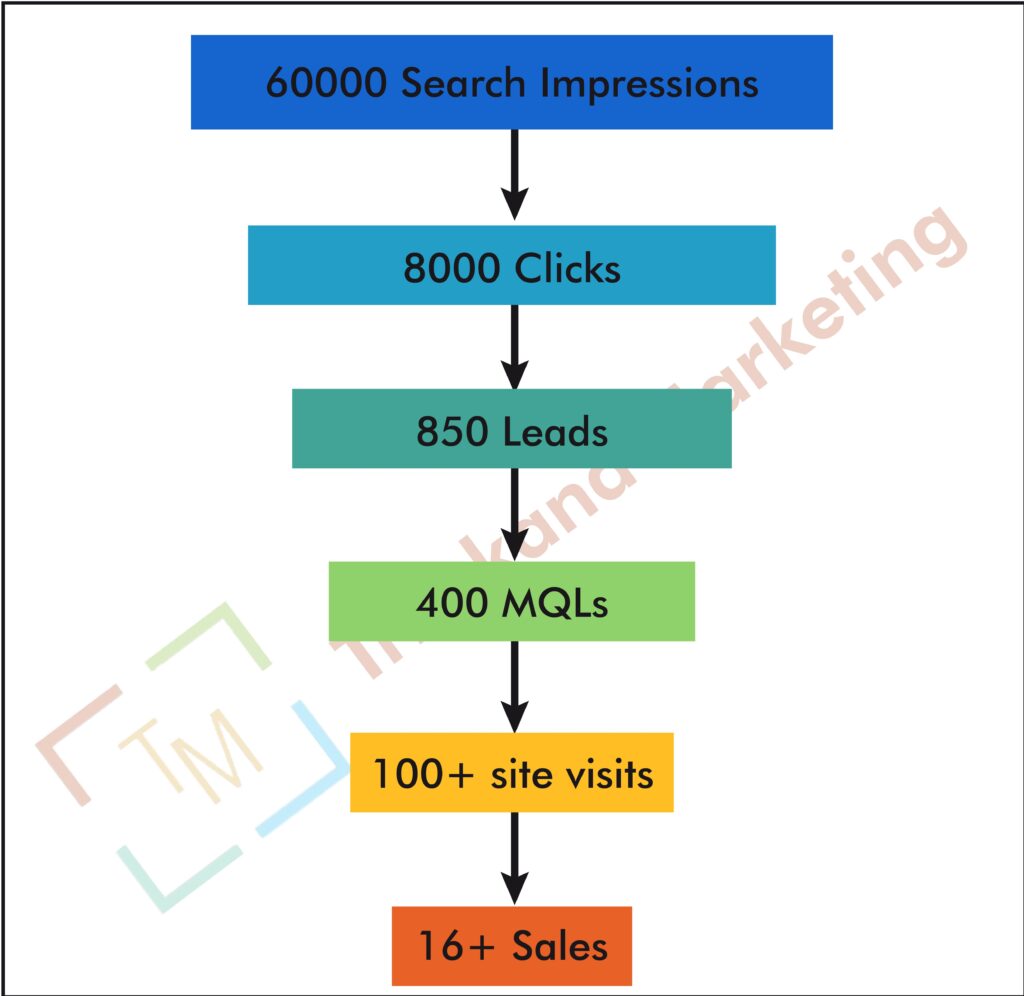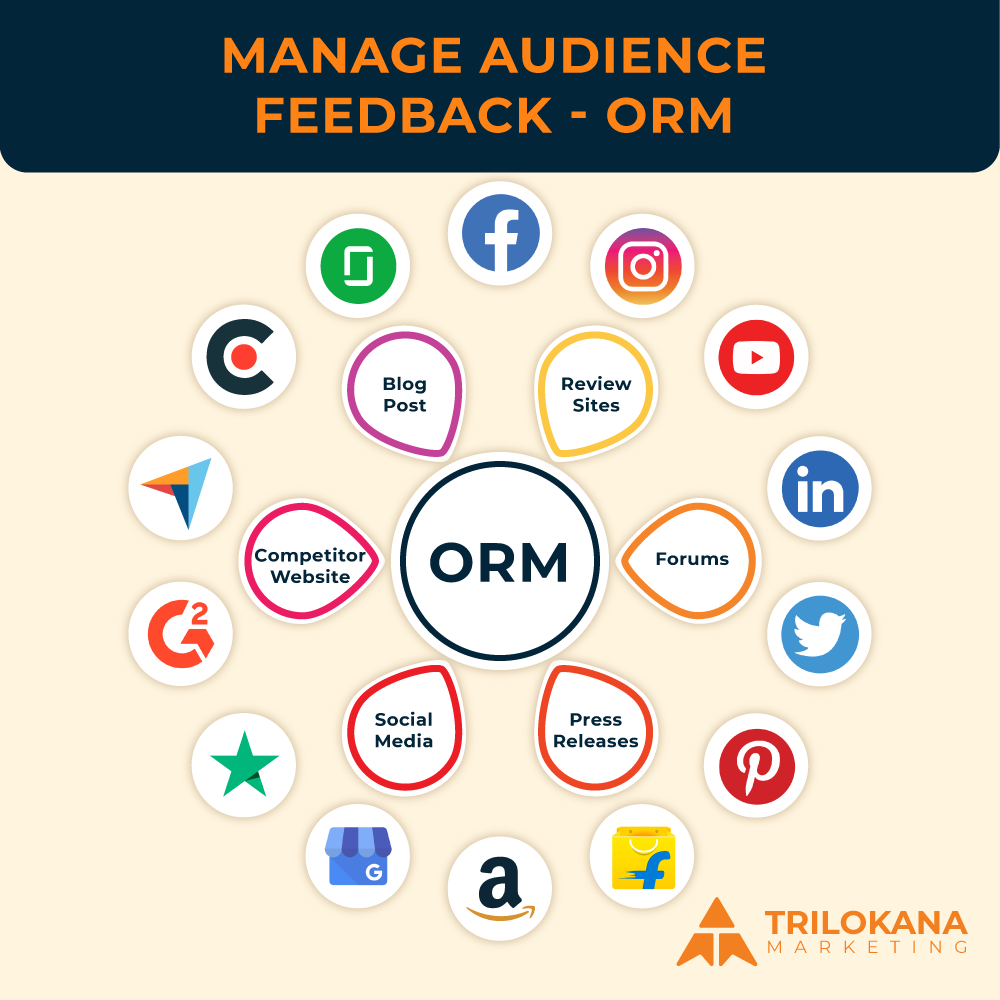Account-Based Marketing (ABM) has emerged as a powerful strategy for B2B companies aiming to build strong relationships with their target accounts. At the heart of successful ABM lies the effective use of technology, which streamlines processes, enhances personalization, and ultimately drives better results. This guide explores the pivotal role technology plays in enhancing your ABM efforts, detailing the tools and strategies that can elevate your campaigns.
Table of Contents
Integrating Technology into Your ABM Strategy
Measuring Success with Technology
Best Practices for Leveraging Technology in ABM
Understanding ABM and Technology
Account-Based Marketing is a targeted approach that treats individual accounts as markets in their own right. It requires deep understanding and tailored marketing efforts directed at specific organizations. Technology plays a critical role in this process by providing tools that enhance data gathering, communication, and analysis.
Key Technologies for ABM
2.1 Customer Relationship Management (CRM) Systems
CRM systems are foundational to successful ABM. They help businesses manage and analyze customer interactions throughout the customer lifecycle.
- Centralized Data Repository: Store comprehensive information about each target account, including contact details, communication history, and engagement levels.
- Segmentation and Targeting: Use CRM data to segment accounts based on specific criteria, enabling targeted marketing efforts.
- Sales Alignment: Ensure that sales and marketing teams have access to the same information, facilitating collaboration and streamlined communication.
2.2 Marketing Automation Tools
Marketing automation platforms allow businesses to automate repetitive marketing tasks and create personalized marketing workflows.
- Campaign Management: Develop and manage targeted campaigns for specific accounts, including email marketing, social media, and more.
- Lead Scoring: Implement lead scoring systems to prioritize engagement efforts based on the level of interest shown by target accounts.
- Nurturing Campaigns: Create automated nurturing campaigns that deliver tailored content to accounts at different stages of the buyer’s journey.
2.3 Data Analytics and Business Intelligence
Data analytics tools provide insights into account behavior and engagement, helping marketers make informed decisions.
- Performance Measurement: Track the effectiveness of ABM campaigns through metrics like engagement rates, conversion rates, and ROI.
- Behavior Analysis: Analyze how target accounts interact with your content and adjust strategies accordingly.
- Predictive Analytics: Utilize predictive modeling to identify high-potential accounts and forecast future engagement trends.
2.4 Account-Based Advertising Platforms
Account-based advertising platforms enable businesses to run targeted ad campaigns specifically aimed at selected accounts.
- Precision Targeting: Reach specific decision-makers within target accounts through tailored advertising on platforms like LinkedIn and Google Ads.
- Retargeting Campaigns: Implement retargeting strategies to re-engage accounts that have shown interest in your services but have not yet converted.
- Campaign Optimization: Use analytics to continuously optimize ad performance based on engagement metrics.
2.5 Artificial Intelligence (AI) and Machine Learning
AI and machine learning technologies can significantly enhance ABM efforts by automating processes and providing deeper insights.
- Personalization: Leverage AI to deliver personalized content and recommendations to individual accounts based on their behavior and preferences.
- Chatbots and Virtual Assistants: Utilize AI-driven chatbots to engage with potential leads on your website, answering questions and capturing information.
- Data Enrichment: Employ machine learning algorithms to enrich account data, providing a clearer picture of account needs and behaviors.
Integrating Technology into Your ABM Strategy
To effectively integrate technology into your ABM strategy, follow these steps:
- Define Your Goals: Clearly outline the objectives of your ABM campaign, such as increasing engagement, generating leads, or boosting conversions.
- Choose the Right Tools: Select technology solutions that align with your goals and cater to the specific needs of your target accounts.
- Ensure Cross-Functional Collaboration: Foster collaboration between marketing, sales, and customer success teams to ensure that technology is utilized effectively across the organization.
- Invest in Training: Provide training for your teams on how to leverage technology tools to maximize their effectiveness in executing ABM strategies.
Measuring Success with Technology
To assess the impact of technology on your ABM efforts, it’s crucial to establish key performance indicators (KPIs) and regularly monitor progress.
Key Metrics to Track:
- Engagement Metrics: Monitor account engagement rates, including email open rates, click-through rates, and time spent on content.
- Conversion Rates: Track the percentage of leads that convert into customers as a result of your ABM initiatives.
- Account Growth: Measure the expansion of relationships within target accounts, including the number of contacts engaged and their level of engagement.
- ROI: Evaluate the return on investment for your ABM campaigns, comparing the costs incurred against the revenue generated.
Best Practices for Leveraging Technology in ABM
To optimize the use of technology in your ABM efforts, consider the following best practices:
- Focus on Data Quality: Ensure that the data used in your CRM and marketing automation platforms is accurate and up-to-date.
- Personalize Communication: Leverage technology to deliver tailored messages that resonate with the specific needs of each account.
- Continuously Optimize: Regularly analyze performance data to refine your strategies and improve engagement.
- Stay Informed: Keep up with the latest technological advancements in ABM to continually enhance your approach and stay competitive.
Conclusion
Technology is a critical enabler of successful Account-Based Marketing. By leveraging CRM systems, marketing automation tools, data analytics, account-based advertising platforms, and AI, businesses can enhance their ABM efforts, foster deeper relationships with target accounts, and achieve measurable results.
As the landscape of B2B marketing continues to evolve, investing in the right technology and integrating it effectively into your ABM strategy will be key to driving success. Embrace these technological advancements, and watch your ABM initiatives flourish as you connect more meaningfully with your target accounts.



